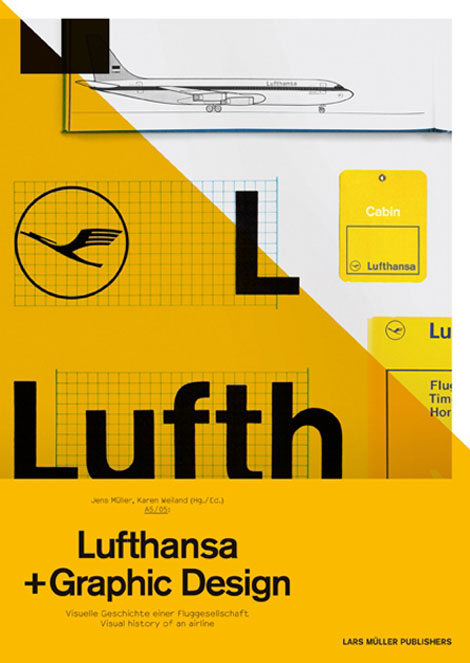There is no reason why you should hastily dismiss anything of possible value to your business. While outsourcing can work very well, you can encounter some challenges if you do not know what you are doing in the first place. When you take this approach of planning and executing with good information, then that will help you to eliminate the possibility of some mistakes.
Be Clear About Copyrights: You have to be aware of copyright matters when you hire anyone for graphic design tasks. This is something that can cause you trouble later on if you’re not clear about it up front. You should always ensure that the copyright/all rights to use the designed graphics are granted to you, upon the payment, without any exceptions. If you choose to go with a freelance marketplace such as Elance.com, you’ll find that they have a pre-existing contract in place that takes care of this. In cases where you’re simply hiring an individual or service without using such a site, you have to make sure that they agree to your terms. You may be hiring people from anywhere in the world, and not all countries have the same laws on these matters, so make sure you agree to this in writing.
Study their Profile: If you want to get the correct person for the job, it is necessary for you to look at their profile to make sure that they are acceptable.
Do you think they are right to do the work that you’re looking to get done? Do they present well as a graphic designer? Is the quality up to what you’re expecting? Does their standard and style make you feel comfortable enough to work with them? It is essential that you can answer these questions before you outsource your work because it will guide you when making your selection of a graphic designer. Besides, it is your investment and you do not want to see it go down the drain by getting the wrong person. We are confident many would like to take advantage of the full power of SEO Link Monster in their internet business; but you have to be careful and avoid proceeding with limited knowledge in your campaigns. The knowledgeable person can easily take things for granted, but people with limited experience will often struggle. While it is obvious you have to learn how to do certain things, what can cause problems is proceeding without a solid base of information. We make every effort to cover as much as we can when we produce our articles, but just remember you will be receiving an incomplete set of guidelines. There are evergreen areas of marketing and advertising that are specific to the internet, but innovation is always a possibility that you should explore whenever the spirit strikes you.
Showing Formats and Fonts: How do you want your graphics to be shown? Do you want them in PNG, JPEG, GIF, PSD or any other format? Do not forget that different formats will display in another way. If you are having a hard time making a decision, then talk to your designer and ask for her help. Remember that if you own high quality graphics such as vector, then it is recommended that you get Adobe Illustrator files. This is so that you will have the room to make changes later. If your outsourced graphics have text, you should request that the designer supply you with the fonts. This is so that you will have the opportunity to edit as time goes by, if necessary. These things may look trivial but they do matter in the long run. All in all, this article makes it be known that outsourcing the graphic design for your website is much easier than you might think. If you do the right things and make sure that you work hand in hand with your designer, you will see good results and know that you made a good investment. The volume of information on the net related to doing business is simply staggering, and we understand if you feel like that at times. Since these articles are short, and really meant to provide introductory information about spin articles, it is well-advised that you learn more. Sometimes we have enough room in an article so a person can begin right away, but usually it is best to dig deeper because of the scope of the particular strategy.
However, having said that we must caution you about getting too comfortable with only doing one thing which is remaining in the learning phase.
Yes, if this applies to you, then you just have to make the decision that you will put the books down and then make a plan and execute it. Just do not forget that you will never make a thin dime without positive action on your goals and business plan.















































